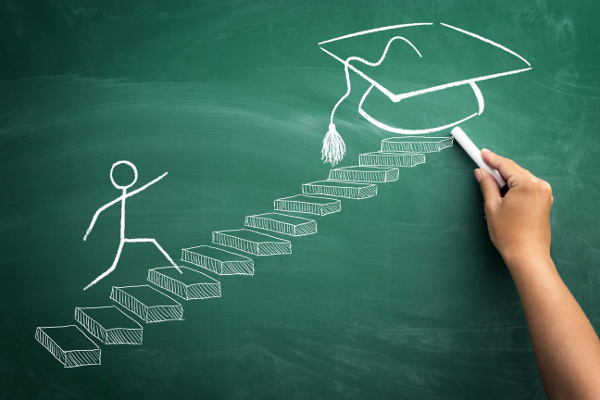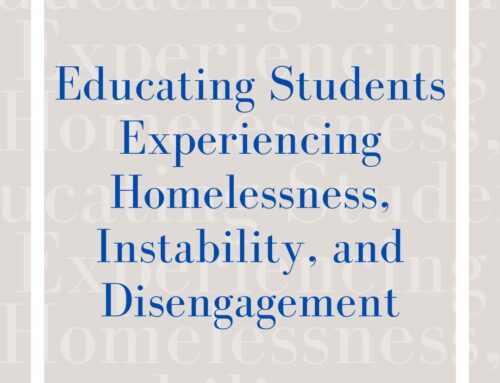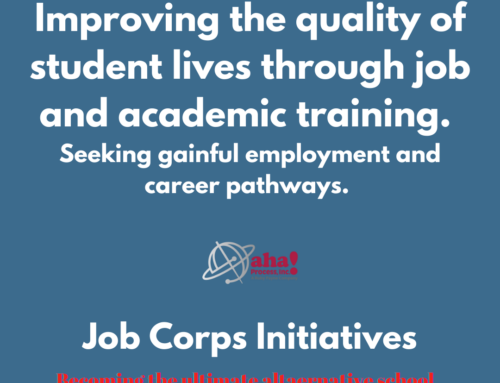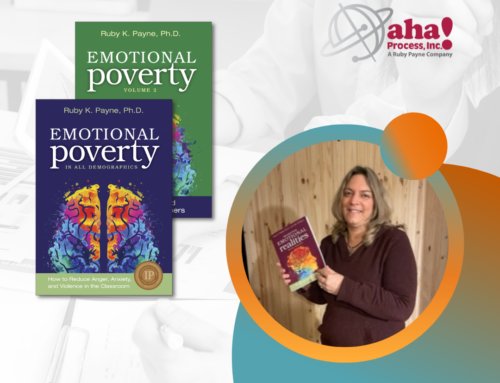 Increasing student growth and raising teacher expectations are two of the biggest challenges facing educators today. Here are three areas you can address with workable strategies in your classroom, school, or district. Encourage teachers to expect more, and prompt students to grow to meet expectations.
Increasing student growth and raising teacher expectations are two of the biggest challenges facing educators today. Here are three areas you can address with workable strategies in your classroom, school, or district. Encourage teachers to expect more, and prompt students to grow to meet expectations.
Calibrate and standardize student work
Standardizing and calibrating student work in both elementary and secondary is a necessary part of changing teacher expectations—and it has an effect size of 1.62! Determine the optimal amount of homework, and identify its role in calibrated and standardized work. Another strategy to consider is to use roving subs.
Evaluate student work with the grade-level or course-level team
Standardizing the evaluation of student work is key. What are the necessary criteria to determine that the student work meets the required level of performance? What happens when the student does not meet the criteria? How do we adjust the supports so that the student does meet that level of performance? If we are to raise teacher expectations, we need to start by answering these questions and getting buy-in from our teams.
Collegial functioning and intervention
One of the biggest issues in collegial efficacy, which has a substantial effect size of 1.57, is that teachers do not know how to function collegially. Teaching is basically a “loner” type of activity, but there are six or seven roles that must be performed in a team in order to accomplish the team’s tasks. Leaders need interventions that move poorly functioning teams forward.








